podiatrist issaquah
Displaying items by tag: podiatrist issaquah
Dr. Brandon Nelson Discusses How to Get Rid of Your Neuromas Without Surgery

Neuromas refer to a condition where the nerve in the foot often becomes intolerable secondary to pain and discomfort. The majority of people with neuromas will describe a burning or tingling sensation in their foot. This pain is often worse in shoes or after prolonged periods of walking. The majority of neuroma patients are female between the ages of 40 and 60.
Historically neuromas were treated with surgical excision and patients did well with this procedure. However, newer options are available. Alcohol injection therapy and shockwave therapy continue to show increasing success for neuroma patients. The alcohol therapy works by dehydrating the nerve and decreasing the pain signal conduction to the brain. Shockwave therapy works by applying acoustic sound waves to the scarred down nerve and breaking up the inflammatory cycle and increasing blood supply to the area.
The majority of patients we see for neuromas do extremely well with alcohol injections. These alcohol injections have a success rate in the literature up to 90%. The average person needs approximately 4-6 injections 1-2 weeks apart. We have seen incredible success for most of our patients and have had to remove far less neuromas.
Shockwave protocol typically takes between 3 and 5 and often times is done in conjunction with the alcohol injection therapy. Shockwave has no down time and no pain and is one of the most advanced techniques for chronic pain.
If you are currently suffering from nerve pain or neuromas please give us a call at 425-391-8666 or make an appointment online today.
Dr. Brandon Nelson Discusses the Lapiplasty Bunionectomy

There are many different procedures that can be selected for bunion surgery. These can range from head procedures, midshaft procedures and base procedures and even joint fusions. The procedure selected can often be related to other conditions of the foot as well as how large the bunion itself is and how the patient is. The most important part about procedure selection is having an examination by a physician radiographically and clinically.
The Lapidus procedure has been around for an extremely long time and provides great bunion correction. The Lapidus bunion procedure itself inherently is a little more challenging than some of the other bunion options. Recently new instrumentation has been developed to make the Lapidus bunion procedure easier and more reproducible. This cuts down on recovery and operating room time for the patient and ultimately improves outcomes.
At Issaquah Foot and Ankle Specialists, we have been performing the Lapidus bunionectomy for years and on 100s of patients. The lapiplasty instrumentation has been extremely helpful we have seen increased patient satisfaction. If you are contemplating a bunionectomy I highly recommend an evaluation to see if the Lapiplasty is appropriate for your bunion.
Give us a call at 425-391-8666 or make an appointment online.
Dr. Brandon Nelson, A Board-Certified Bunion Expert, Discusses When To Consider Bunion Surgery

Bunions can be very difficult for many patients. They can often be extremely uncomfortable and make walking unpleasant. Many people try going to larger shoes or wearing toe spacers or straps and padding. This can provide temporary relief however often make the bunion increase in size as larger shoes allow more room for the bunion to grow. The question I hear often is: “When do I have my bunion fixed?”.
When do I have my bunion fixed?
The answer for this is complex and is dependent on each patient and their lifestyle. I think the most important question is does the bunion impact the lifestyle you enjoy? If the answer is yes, it is time to fix it. If your bunion stops you from walking, hiking or even fitting in shoes the time has come.
How is my bunion fixed?
Bunion surgery has significantly progressed in recent years. The majority of bunions can be fixed with a simple procedure that takes less than 2 hours. Most often these can be done in our office and do not require any trips to the hospital. It is very common to be able to walk after surgery and maintain an exercise program with some modifications.
Is it painful?
I think it is important to realize all surgery can cause pain. The majority of our patients do very well with pain control. We have fixed 1000’s of bunions and have developed great post-operative pain control techniques.
Will my bunion come back?
The most important part of bunion surgery is procedure selection. Not all bunions are the same and therefore not all bunions can be fixed with the same procedure. It is vital to have and x-ray and a thorough evaluation of your foot. I also believe having somebody operate on your bunion that has vast experience with bunion surgery is something to consider as well.
I hope this was helpful and answered some common questions. You could be a candidate to have it fixed or even a candidate that we can employ some conservative measures. Please give us a call at 425-391-8666 or make an appointment online.
Dr. Brandon Nelson Discusses Capsulitis of The Second Metatarsal and Toe
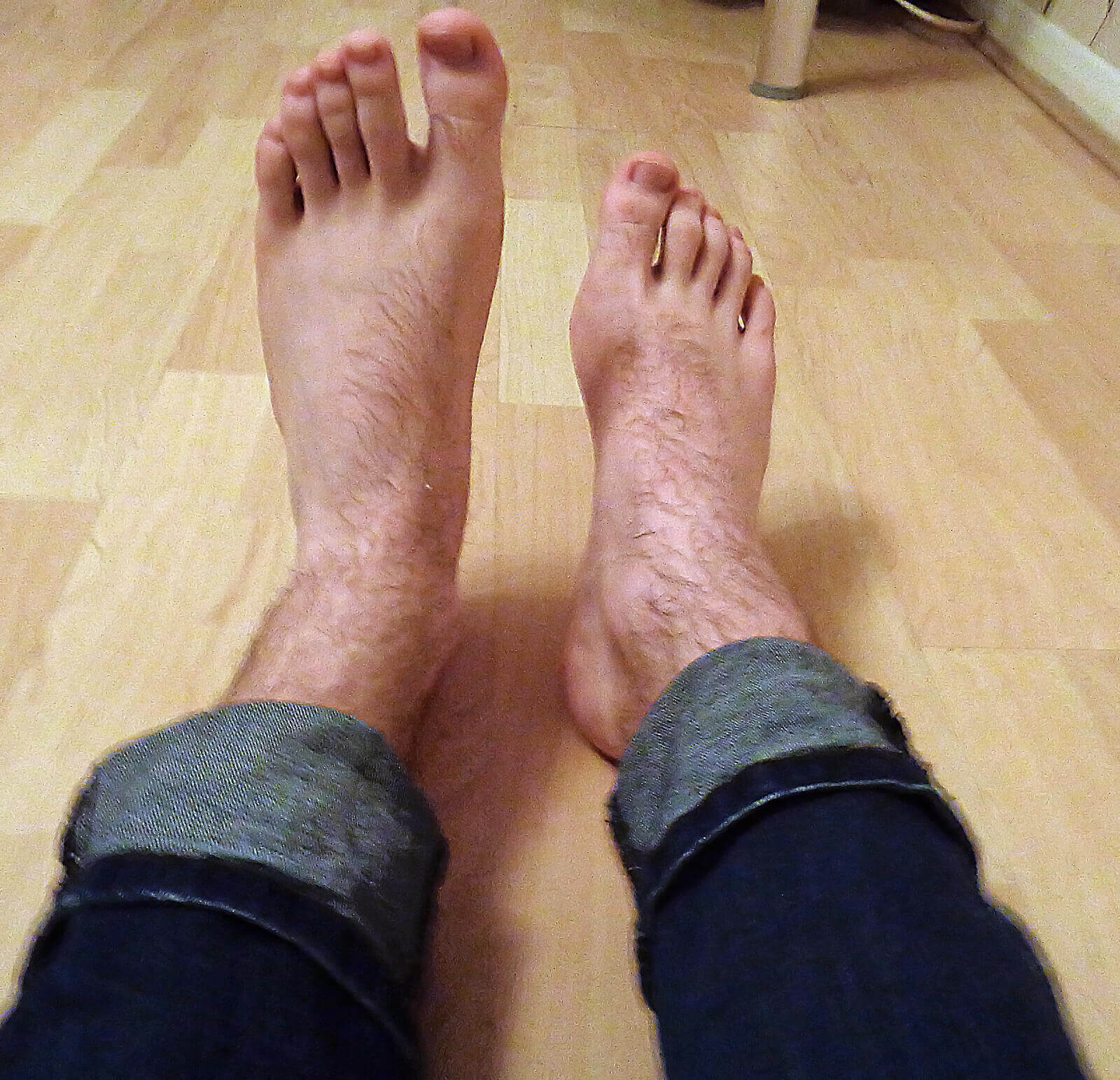
Capsulitis is a generic term for inflammation of a joint or the joint capsule. A joint is where two bone come together and are covered with cartilage and surrounded by a joint sac filled with fluid. This allows the joint to glide smoothly and motion to occur. Joints can become painful, especially with abnormal movements or increased pressures. Capsulitis of the second metatarsal is a common condition in the foot.
Capsulitis of the second metatarsal or toe typically presents with pain or swelling under the second toe. Patients often describe a burning or tingling sensation that is worse with walking. The majority of people that experience this type of condition will have other foot and ankle pathologies that are contributing to the capsulitis.
Contributing factors for capsulitis can include a tight calf muscle or a bunion deformity. A tight calf muscle can cause increased pressure to the forefoot. A bunion can create instability and again overload the second metatarsal. Other factors that can play a role in the development are a flatfoot or even shoe gear and exercise patterns.
Second metatarsal capsulitis can be very challenging from a treatment standpoint. It is important to evaluate both feet and all presenting pathologies. An x-ray is a great place to start the evaluation and look at the generalized foot structure. If you believe you have capsulitis schedule and appointment today so we can help. Give us a call at 425-391-8666 or make an appointment online today.
Dr. Brandon Nelson Discusses When To See A Doctor If You Have Heel Pain
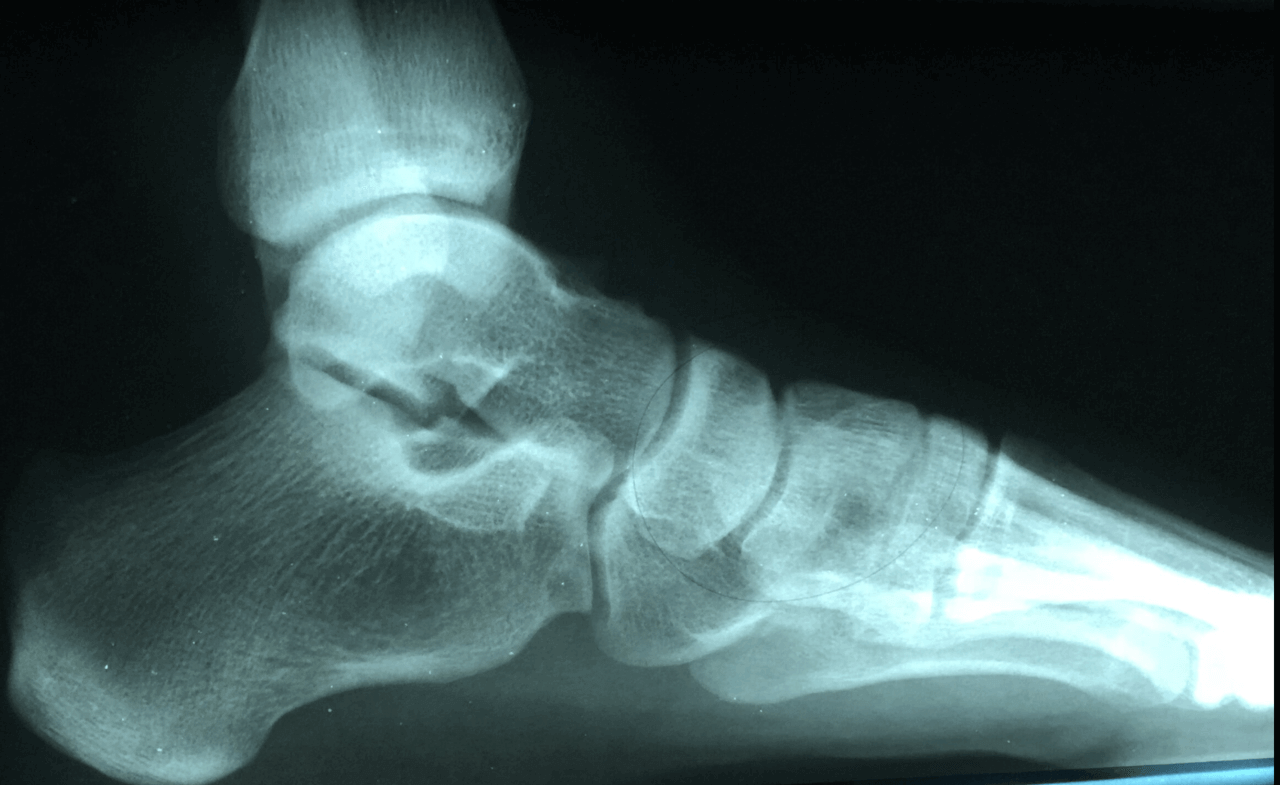
Heel pain has many causes, however the most common cause for adults is Plantar Fasciitis. Most of us have heard this term at some point in our lives because a friend or co-worker has talked about it. But what is it? The Plantar Fascia is the main supporting network of the foot. It runs from your heel bone all the way to your toes. It is active every time you stand or walk and is very important for normal gait cycles. Since this structure is under chronic strain it can become inflamed and over used. This will typically lead to pain in the morning or a bruised type sensation on the bottom of the heel. Patients will often state they feel like they are walking on a pebble. Plantar Fasciitis left untreated can become extremely painful and debilitating.
So when should you see a doctor. I cannot tell you how many patients I see that have had heel pain for greater than a year. The majority of patients will have tried icing and stretching and continue to have pain. I cannot stress enough that plantar fasciitis is much easier to treat with early intervention. I find it extremely valuable to get in to see your doctor early. This will lead to faster recovery and a better long term outcome. Additionally, they are other causes of heel pain and some of these can create serious long term damage. I think it is best if you have pain for greater than a week it is time to have it evaluated. Once evaluated my average patient has a 50-90% reduction in symptoms in less than 1 week.
If you are suffering from heel pain please give us a call at 425-391-8666 or make an appointment online.
Dr. Brandon Nelson Discusses When the Best Time to Have Bunion Surgery Is
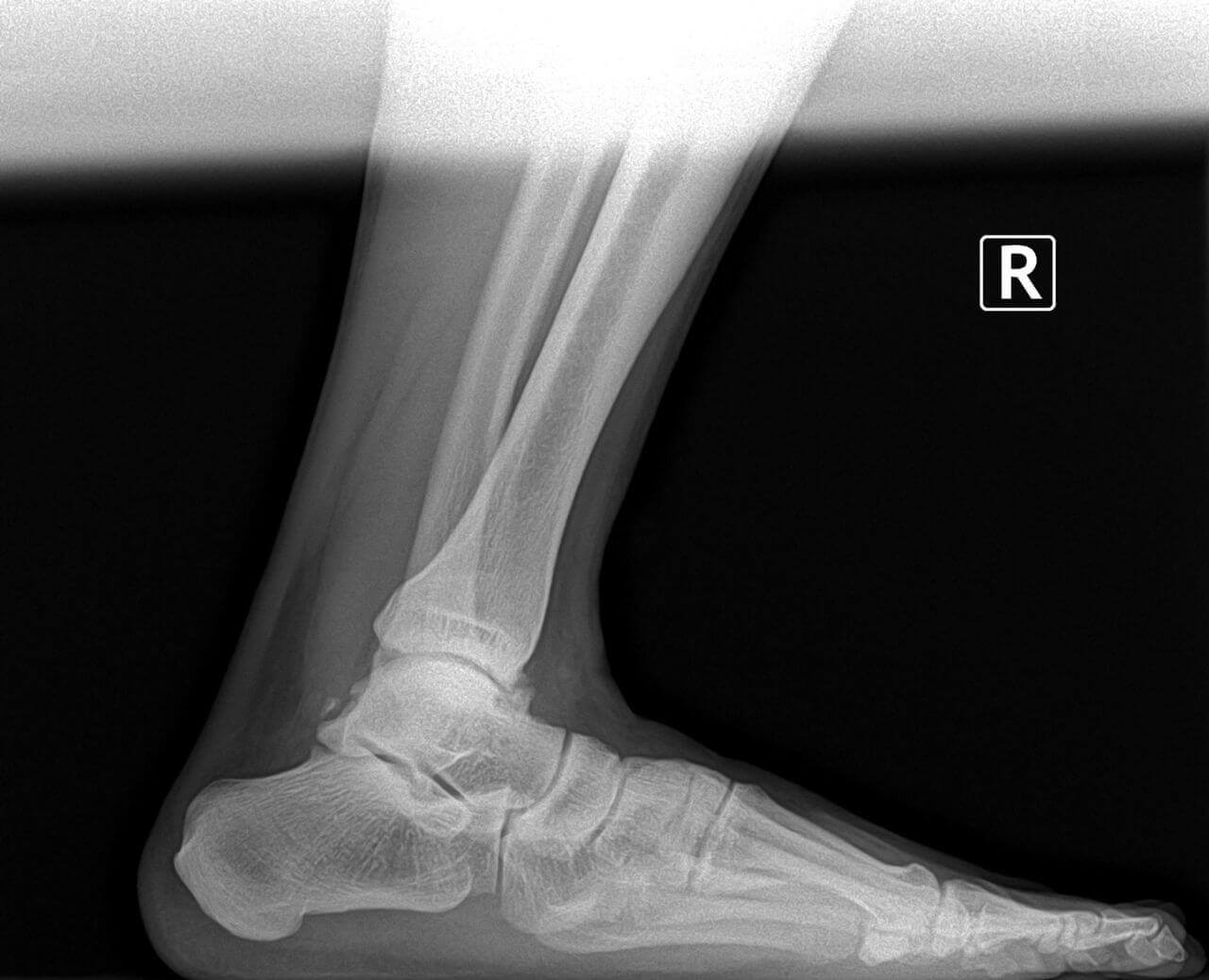
Surgery can be quite a bit to think about. Patients need to make work arrangements and plan with family and sometimes even friends. Especially if it is your first time having surgery it can feel like a lot. We at Issaquah Foot & Ankle Specialists have helped so many patients with surgery that our process makes it extremely easy and relaxing. We will help every step of the way. We provide a surgical binder that has everything you need and will make sure that you get all the assistance you need to make the process feel simple.
I think the most important part of planning when to have surgery is simply preparation. I tell most of my patients to think ahead and figure out when the slowest time of year is for you with both family and work. This is not always possible so the good news is we are here to help. The majority of procedures will allow patients to get back to activities in a few days. We have years of experience and can provide answers to any questions or concerns you may have.
The surgical process is easy as well. We have an onsite surgery center and most of the time you will be at the office for just a couple hours. We have dedicated rooms and staff that will assist you the entire time. If you are contemplating having your bunion fixed or having your neuroma or hammertoes corrected, we can help. Give us a call today at 425-391-8666 or make an appointment online.
Dr. Brandon Nelson Discusses The Lapiplasty, One Of The Most Advance Surgical Options To Fix Your Bunion

Bunion surgery is by far the most common surgery I perform. In an average year I fix approximately 100-200 bunions. I have been operating now for 15 years and that adds up to a lot of bunions. That is why I am excited about a new option for helping my patients with bunions. The Lapiplasty is a new option that helps correct bunions. The procedure itself has been around for greater than 50 years however this new instrumentation system allows for quicker healing times and smaller incisions. Please watch this video to see an introduction to the Lapiplasty.
The Lapidus technique to fix a bunion has proven to be one of the best options we have available for bunion surgery. We have been using this technique for years and it has proven to have excellent results and long term outcomes. The Lapiplasty technique is a modification to an existing procedure that improves patient recoveries. See this video for an explanation of the surgical technique.
If you are suffering from a bunion and are finally ready to have it fixed schedule and appointment today. Dr. Nelson has extensive experience with the Lapidus and can help you fix your bunion and get you back to the activities you love. Give us a call today at 425-391-8666 or make an appointment online.
Patient Testimonials: See some happy patients below.
Dr. Brandon Nelson Discusses When Heel Pain is Not Plantar Fasciitis
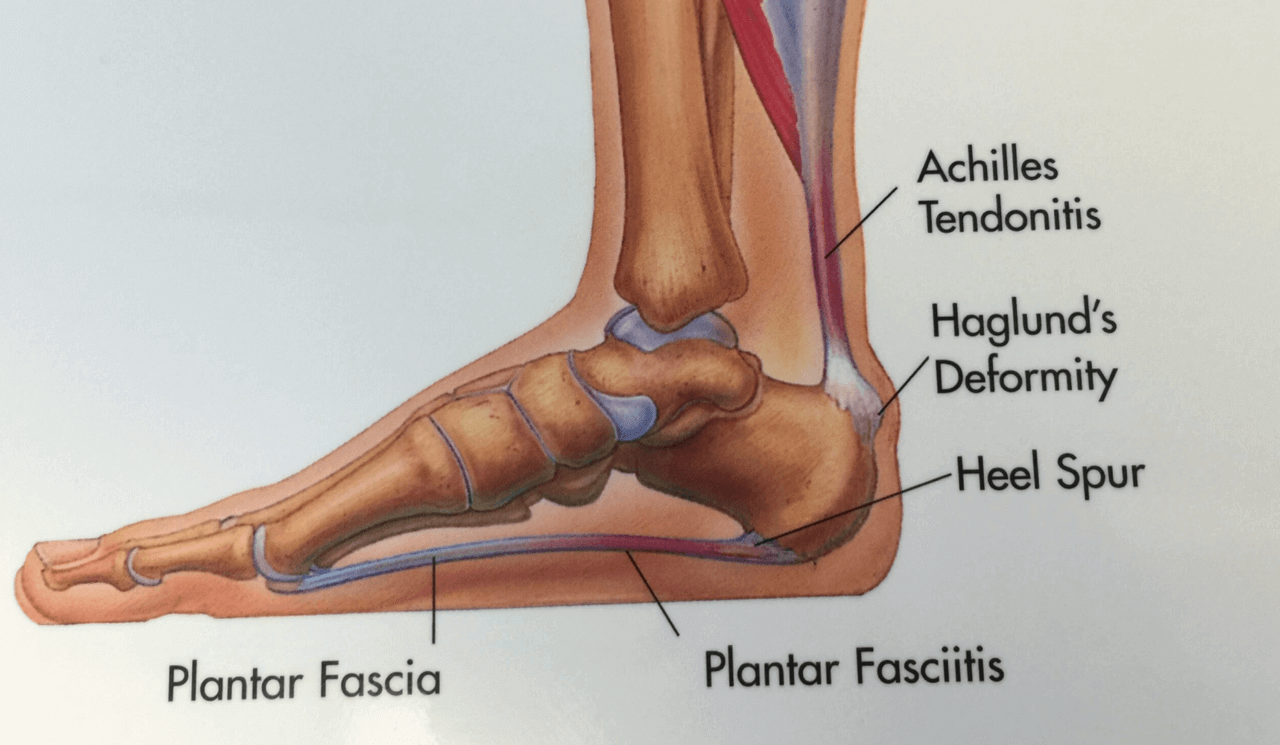
It is well known that the number one cause of heel pain is plantar fasciitis. The most common presenting symptoms if one has plantar fasciitis are pain in the morning and a bruised type sensation on the bottom of the heel. However, there can be many other causes of heel pain and I will discuss a few today. It is important to remember to have your foot evaluated by a physician as this will lead to better outcomes and prevent further damage.
Bursitis, bursitis refers to an inflammation process of a sac of fluid or a bursa. This can be a common cause of heel pain. The presentation of heel bursitis is very similar to plantar fasciitis. One of the best ways to differentiate the two is to have an ultrasound of the heel. Issaquah Foot & Ankle Specialists keeps an ultrasound on hand for all patients with heel pain. Heel bursitis is usually seen on a patient with a thin fat pad and high arched feet.
Tarsal Tunnel Syndrome, or another type of nerve entrapment are common for people that have burning in their feet. This condition is very similar to carpal tunnel of the wrist and involves a nerve or nerves being compressed in the foot or ankle. Typically these patients will have numbness or tingling or pain that does not go away. Often this diagnosis will require a nerve conduction study.
If you are suffering from heel pain make an appointment today and we can help. Give us a call at 425-391-8666 or make an appointment online.
Dr. Timothy Young a Board Certified Bunion Surgery Expert Talks About Proper Healing of Bone at Your Surgical Site
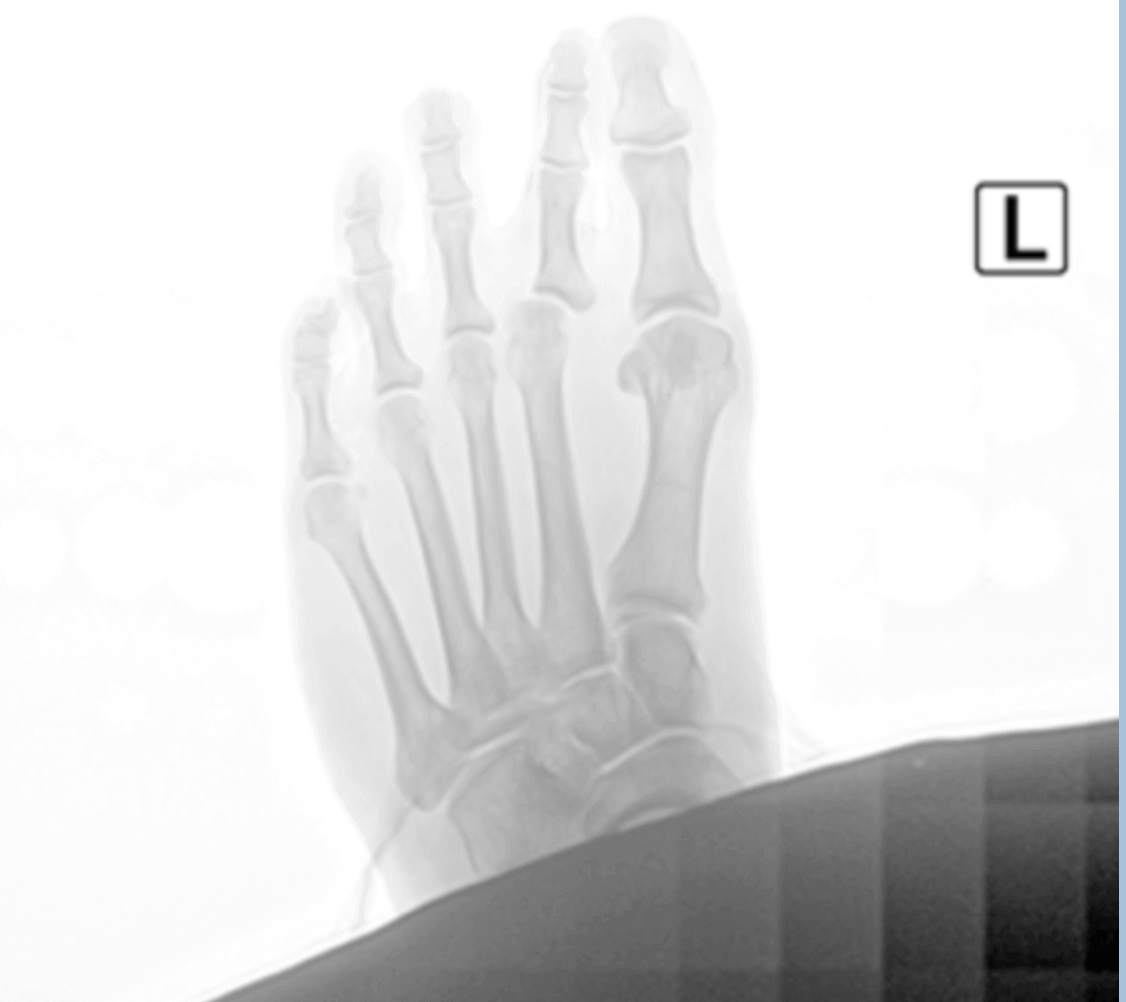
Many foot surgical procedures such as bunion surgery, involve fusions or cutting the bone and then realigning the bone. An example could also include a lapiplasty bunionectomy. The bones are then held in place with plate screws or pins. One of the most important things for proper healing is to make sure that you don’t put weight on that part of the bone until there’s adequate bridging of the bone.
Your doctor will take x-rays to help determine the timing for this. Also you will have either a boot or a fiberglass cast and you may also have other forms of protection such as a scooter crutches or even a wheelchair. Make sure to plan ahead on this also. For example if you’ve got a short distance then you can put weight on your heel but not the front of your foot that may be fine. If you have to go a longer distance, you may want to plan ahead and bring crutches or use your scooter for that longer distance and only do the short distances with a walking heel part of your cast boot.
If you have questions about bunion surgery, and would like a consultation please let us know. Give us a call today at 425-391-8666 or make an appointment online.
Dr. Brandon Nelson, A Bunion Surgery Expert, Discusses When to Consider Bunion Surgery

Bunions are painful enlargements around one’s big toe joint. They can be uncomfortable in shoes and with exercise. The majority of pain is usually associated with swelling, throbbing and sometimes redness. Most people with a bunion will have a family history of foot disorders and have a parent with a bunion. Commonly patients will have tried larger shoes or wider shoes and most will continue to have pain despite these measures. I get a lot of questions about the timing of bunion surgery and when to fix the bunion deformity. I will answer some of the most common questions to help others make this decision.
1. When should I have bunion surgery?
The majority of patients I see already have bunion pain and that is why they are in the office. I always have the discussion with patients about whether the bunion is causing pain daily or interfering with the activities they want to enjoy. If these are occurring it is time to fix the bunion. This deformity can make life challenging especially from a physical activity standpoint. If your bunion is preventing you from exercising, it is time to fix it.
2. How long is my recovery?
It depends on the bunion procedure that is utilized. The majority of bunion surgeries patients can begin to walk when they can tolerate it. Surgery will cause some pain and swelling. I like to have my patients aggressively treat the swelling as this will create a quicker return to activities. I also like my patients that are athletic to maintain some sort of activity, like riding a stationary bike. Runners will most likely need about 2-3 months before they can return.
If you are suffering from a bunion and need a consultation to discover what conservative or surgical options are available schedule an appointment online or give us a call at 425-391-8666 today.



